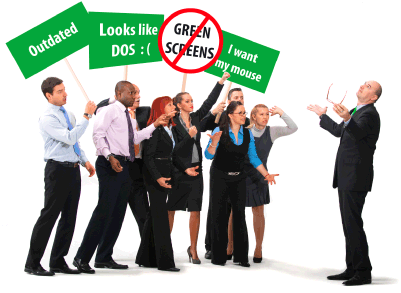I remember reading that article posted here by someone last year... still, a fun read, and I enjoyed revisiting it.
That said, IMO, it's cheating to use a remote PC *in your home/office* as a serial/parallel bridge to the modern world. When you're simply using the 5150 as a dumb terminal in your home to print, etc, it seems to me that it would kind've defeat the purpose of the experiment to see if it could be usable today. I guess that, to me, there's a difference in seeing if a machine from yesteryear can be usable today, and in MAKING it usable today with hardware and connection types that didn't exist back in the day.
As for my purposes, I'd like to think that I could use a stock 5150/5160 and be productive today in my work environment, but I'm afraid that I couldn't. At least not for about half of my job.
Sure, I can use DOS commands to push and pull email via pop/smtp (I believe that Ole Juul posted about this early last year) - but, as mentioned in the article, this can quickly become a bear when one starts considering attachments and the latter that can also come with the email message text. I can (thanks to some great programming by Mike Brutman and others) use my PC/XT to relatively easily FTP and SSH into Linux servers and Cisco routers/switches/uBRs, which covers another aspect of my job.
But Word Processing? Spreadsheets? Collaborative computing? That's all out. Web-browsing? Out - the sites that I have to access for my job require a gui. Printing? Out - network printing, and AFAIK, DOS doesn't support that (though someone please do surprise me if I'm wrong!!). These aspects are also integral parts of my job, and while I could technically use 1-2-3, EasyCalc, As Easy As, WordStar, WordPerfect, etc,etc,etc to accomplish the necessary word processing and spreadsheets that I have to work with daily, I couldn't share this data with others, nor could they share work with me - and in my job, that's a must-have feature.
These machines can still do a lot of day-to-day work. I honestly think that people forget exactly how much they're capable of! but their time has passed us by.... The only people that use these things now are people like us who enjoy the challenge/hobby of MAKING them useful, and people like the US Meteorologist Service, who have customer software and equipment needs that are too dear to replace.

